- When we talk about cannabis, its applications and research into it, the first terms that come to mind are ones like cannabinoid and THC. These are words that we usually associate with the plant's key characteristics, and we even tend to assume that they are decisive.
- But we err when we overlook one of the elements that really determines the final result with marijuana: terpenes.
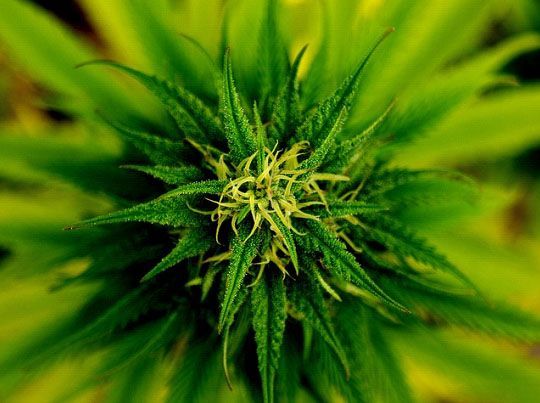
Perhaps you have asked yourself why, for example, the Blue Dream strain has a fresh, cranberry-like scent. Or why Cheese has such a powerful cured cheese smell. The answer is in the terpenes, the chemical compounds that allow one to smell marijuana and even distinguish different strains by their aromas. Organic hydrocarbons generate the scents, but also the flavour and colour. In addition to the plant's delicate scent, terpenes have a major impact when combined with THC or cannabinoids, endowing marijuana with some specific effects.
These terpenes are present not only in marijuana, but also in fruits, vegetables, herbs, spices and other botanical elements. These are volatile molecules that easily evaporate as they reach your nose and which make one plant more attractive to you than another (or one strain more than another).
Some terpenes attract bees or certain insects that transport pollen from one flower to another, while others help the plant to defend itself from predators that would otherwise eat it. This also explains why we human beings are also more attracted to some plants than others. And why we cannot resist smelling cannabis.
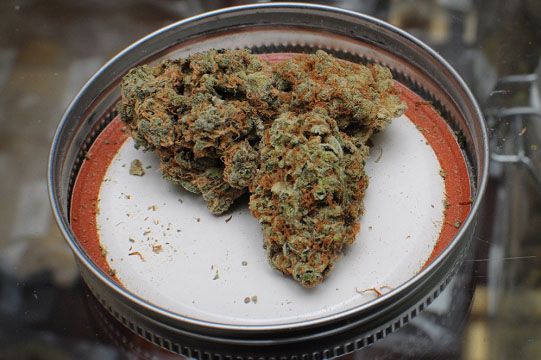
A strain's "fingerprints"
David Watson was one of the first creators of cannabis hybrids (specifically, Skunk #1) to speak about the importance of terpenes, due to their impact on THC. Along with his colleague Robert Connel Clarke he created HortaPharm, a Dutch research company that crossbred thousands of varieties of cannabis, researching their medicinal properties.
To decide what varieties they would mix, they smelled them. After years of research, both proved something that they had been thinking about for a long time: this ingredient increases the effects of THC, something that another study had already suggested: "Effects of marijuana in laboratory animals and in man", back in 1974.
An analysis of terpenes serves to detect the strain's "fingerprint." On occasion we find strains that we think are different, with different names, but when we analyse the terpenes that they contain, it is found that some of these strains are identical, almost twins.
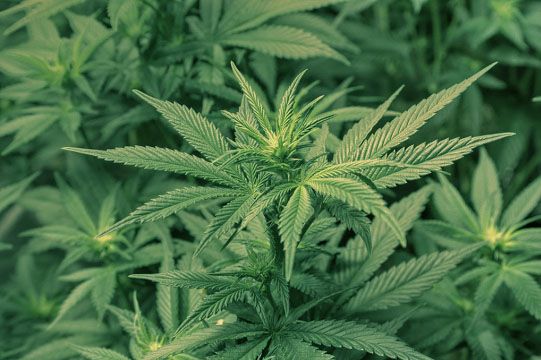
Myrcene, limonene, phytol…
Scientists have identified close to 20,000 different terpenes, which makes this chemical one of the most prevalent in the plant world. About 200 of these terpenes have been found in cannabis, approximately 120 of them in high concentrations. The degree of their presence depends on light, soil composition, and nutrients.
Moreover, regardless of the fragrance that they generate, terpenes feature a wide range of medicinal properties. Each one of them has certain therapeutic benefits and others, together, generate interesting effects. These natural chemicals also help to reduce some of the effects that THC can have on therapeutic cannabis patients, which is why experts believe that they represent the future of medical research.
For example, ß-myrcene is the terpene most found in cannabis and in the greatest concentrations, as was determined by a study: "Essential oil Cannabis sativa L.strains," published in 1997 by the Swiss Federal Agroecology and Agriculture Centre. It is widely found in laurel, mango, and lemons, and its scent is usually described as spicy and balsamic. It helps to calm pain when mixed with THC (it also relaxes the mind) and inflammation when combined with THC-A, and is regularly used to treat psychosis (combined with CBD) and muscle spasms.
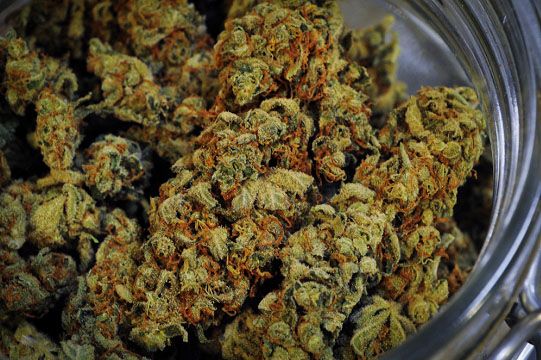
Limonenes are also very abundant in cannabis, normally found in citrus peels, and in many flowers. They smell of sweet, fresh fruit, which makes their aroma unmistakable. Their effects are antidepressant, immunostimulant (like garlic), antitumor and help to treat gastric flow. They also combat fungi, bacteria and insects.
Linalool, meanwhile, can fight stress and anxiety, and is often used in aromatherapy sessions to improve the moods of participants, in addition to enhancing sleep and vitality; caryophyllene stimulates the body's CB2 receivers (which are those that prevent the release of dopamine, related to addiction).
Phytol smells like flowers and has a natural balsamic effect. It specifically functions (in addition to furnishing nutritional products with colour) to heal wounds in tissues that take time to recover. Also worthy of note are pinene (with a pine scent, it improves lucidity, memory retention, and mental energy) and caryophyllene (with the scent of pepper and wood, it is good for curing ulcers and alleviating arthritis).
Terpenes also dilate lung capillaries when inhaled or smoked, and have antibacterial properties that make possible their use as stabilisers and preservatives.
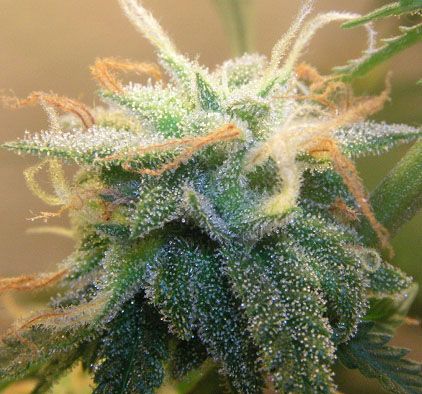
Thanks to the information compiled in decades of documents and research, many experts think that terpenes have functioned since antiquity as antidotes against inflammation, depression, epilepsy, addiction, and even Alzheimer's.
How is it possible that something so beneficial for our health and so present in marijuana plants has been so largely overlooked? Let's begin to analyse the history of these compounds in order to understand their full dimension.
A little bit of history on terpenes
The chemical structure of tetrahydrocannabinol (THC) has been known since 1964, when it was confirmed by Raphael Mechoulam and Yechiel Gaoni. For more than three decades following this the psychoactivity of THC spurred scientists to define it as the plant's main active ingredient. But it was not until the end of the 90s that the undertaking of additional studies recognised that another compound, cannabidiol (CBD), also has important effects when present in large amounts.
In 1999 the British start-up GW Pharmaceuticals began clinical trials on a marijuana extract that contained approximately equal amounts of THC and CBD. The multiple sclerosis patients who participated in the trials found that this extract - which later would give rise to the well-known "Sativex" - was more effective in the reduction of pain and spasms than an extract rich in THC and devoid of CBD, in addition to being less psychoactive. Sativex has already been approved for use by patients with multiple sclerosis in England, Canada, New Zealand, and a growing list of European countries. Scientists no longer refer to CBD as a "lesser cannabinoid." Rather, it now boasts major therapeutic promise.
It's the terpenes, my friend
Scientists are now formally recognising something that cannabis consumers have sensed for a long time: the aroma of a marijuana plant is associated with its effects. And the aroma of a plant is determined by its predominant terpenes. A plant's cannabinoids (21- carbon-atom molecules atoms found only in cannabis) are odourless. It is terpenes (repeat units of a 5-carbon molecule called isoprene, components of the plant's "essential oils") that yield the fragrance.
The fact that most of the compounds of terpenes are common components of the human diet, and generally recognised as safe by food and medicine authorities in many countries, has made research with them possible. First, by manufacturers of flavours and fragrances, which have researched their properties over the years. And now by doctors, who are interested in the subject of cannabis, which they believe holds great therapeutic potential.
This potential was already perceived in 1999 by Rafael Mechoulam, co-author of a study with Shimon Ben-Shabat, which suggested that cannabinoids affected the human body by means of what they defined as The "Entourage Effect." They found that the endocannabinoid 2-AG (2-Arachidonoylglycerol), when administered with two related compounds, more easily attached to cannabinoid receptors and exercised a more pronounced behavioural effect in mice. For pharmacologists who regularly performed experiments aimed at finding an active ingredient, this discovery had crucial consequences.
"It meant that secondary compounds in cannabis can increase the beneficial effects of THC… and reduce the anxiety induced by its psychoactivity and immunosuppresion," they wrote. "The terpenes in cannabis can also increase blood flow to the brain, improve cortical activity, kill respiratory pathogens, and favour anti-inflammatory activity." More than a decade later, the studies have demonstrated that the effects of cannabinoids are augmented by terpenes; and that the effects of terpenes are also increased by cannabinoids.
The terpene factor
Terpenes are produced by countless plant species. And each compound that the plant produces has or has had an evolutionary purpose. For example, terpenes exist that make leaves bitter and repel pasturing animals, while a predominant mixture of, for example, monoterpenes in flowers deters insects like mosquitos.
Alpha-pinene is the most common terpene in the plant world, and limonene is the second. Thus named for its abundance in pine needles and lemons, respectively, they are also the predominant monoterpenes found in cannabis. Monoterpenes evaporate more easily than diterpenes and sesquiterpenes during the drying, storage and production of extracts, which results in a relatively greater proportion of caryophyllene.
How do terpenes exercise their effects on the human body?
Some of the best evidence that interactions between phytocannabinoids and terpenes enhance the therapeutic effects of cannabis was presented by Ethan Russo at a conference in Israel in 2011 and published in the British Journal of Pharmacology that same year. Russo, an ethnobotanist and neurologist, is also a medical adviser at GW Pharmaceuticals.
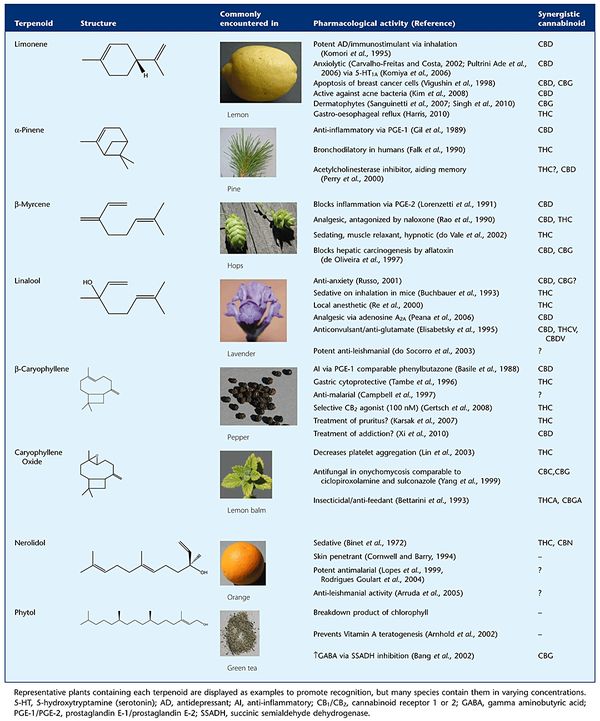
In this publication he explained that limonene, for example, has been demonstrated to diminish anxiety in mice through their serotonin receivers. This finding was convincingly corroborated in human beings by a Japanese study on patients hospitalised with severe depression, whose moods improved when they were exposed to the citric fragrance (9 of 12 were able to lower their intake of antidepressants). Limonene, when inhaled, is an immunostimulant. There have also been laboratory experiments in which it has killed breast cancer cells and acne bacteria. And it is a potential treatment for gastroesophageal reflux.
Alpha-pinene, meanwhile, as anyone who has entered a pine forest knows, is a bronchodilator. It also has antibacterial and antibiotic properties. Pinene also inhibits the enzyme that degrades acetylcholine, a neurotransmitter involved in memory. This property could counteract the short-term memory deficits induced by THC poisoning.
Myrcene, another monoterpene common in cannabis, is also abundant in the flowers of Humulus lupulus – or hops, for example, found in beer - the only other member of the Cannabinacae family. In addition to its anti-inflammatory effect, myrcene is a recognised sedative used as a sleep aid. The data would support the hypothesis that myrcene is a prominent sedative terpene in cannabis, and, combined with THC, can produce the "couchlock" effect of certain chemotypes bemoaned by recreational cannabis consumers.
Linalool, meanwhile, is sedative and has anticonvulsive properties. It is plentiful in plants like lavender, affects the neurotransmission of serotonin and anxiety indicators; and is suspected to be responsible for the notable therapeutic capacities of lavender's essential oils to alleviate burns without leaving a scar.
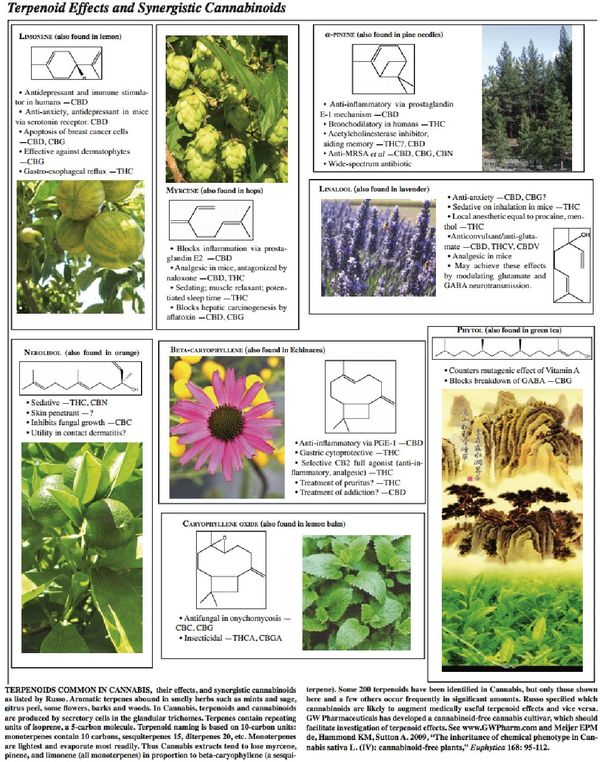
Beta-caryophyllene, which is found in black pepper and calendula, is frequently the predominant terpenoid in cannabis extracts, above all if they have been processed under heat. β-caryophyllene is anti-inflammatory and, unlike other anti-inflammatory elements, also protects stomach mucous. In 2008 Swiss researchers headed up by Jurg Gertsch demonstrated that β-caryophyllene activates the CB2 receiver. Given the lack of psychoactivity attributed to CB2 agonists (those substances capable of bonding to a cellular receptor and triggering a given action) caryophyllene offers great promise as a therapeutic compound, whether via the systemic route or in dermatological applications.
Other terpenes with therapeutic potential include nerolidol (found in citruses, it can have sedative and anti-fungal effects); caryophyllene oxide (found in Melissa officinalis, or balm mint, which repels insects); and phytol (a product from degraded chlorophyll, with relaxing properties, which may explain why green tea, in spite of its caffeine content, does not make one edgy). And since 2001 the beneficial effects have been known of eucalypytol, pulegone, alpha-terpineol and other terpenes, which may possess great therapeutic potential.
Does the future belong to terpenes?
Research laboratories working with cannabis are now producing new safe and effective treatments for a wide range of diseases. For example, the aforementioned GW Pharmaceuticals has already cultivated cannabis chemotypes with high percentages of myrcene and limonene, and are working on plants rich in pinene, linalool and other terpenes with therapeutic potential.
Meanwhile, in California, medical researchers, cannabis growers and private dispensaries and laboratories have been thinking along similar lines. The idea that cannabis can be selected to maximise the production of more than one compound is as obvious as the association between its aroma and the effect produced by terpenes, the new frontier in cannabis research today.



Comments from our readers
There are no comments yet. Would you like to be the first?
Leave a comment!Did you like this post?
Your opinion about our seeds is very important to us and can help other users a lot (your email address won't be made public).